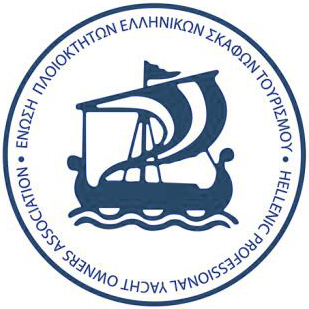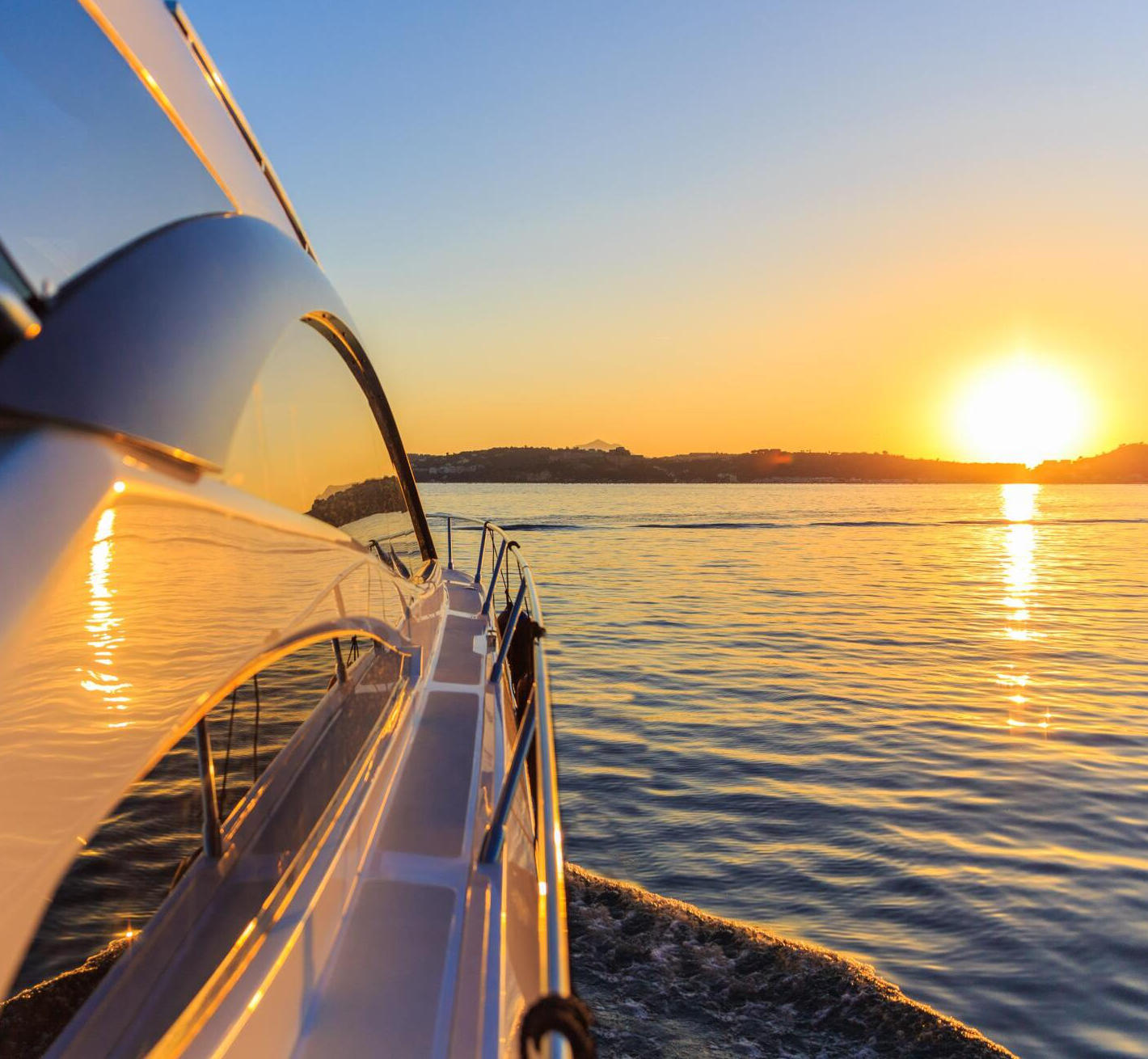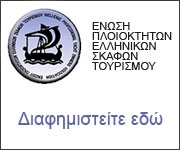Navigation in Greece
The Winds in the Greek Seas
Generally speaking, the winds blowing in the two major Greek seas can be described as follows:
Zones
It is useful to divide the Greek seas into 4 zones running from North to South, and thus examine the course of the summer winds.
Winds vary greatly from zone to zone, (except when the meltemia winds are blowing, which are very strong, and result in large areas overlapping and having the same features).
More specifically:
THE FIRST ZONE includes the Ionian Sea and the West Coasts of the Peloponnese. For the greater part of the summer, the North Ionian features light to medium NW winds, the maistros, which appear in the early afternoon and usually fall during sundown.
THE SECOND ZONE is the sea area that is located south of Attiki and east of the Peloponnese. Very often in this area we have the southerly (SE) sirocco wind, the duration of which is usually short. The sea in the north part of this zone is protected from the strong northern winds by the land areas. In early summer there often is no wind at all, or weak winds blow, generally from the south. However, from July till the end of the summer, in this zone we mostly have meltemia, except for thw NW Peloponnese, where you may have encounter western winds.
THE THIRD AND CENTRAL ZONE covers the greater part of the Aegean from North to South, including the Sporades and the Cyclades. Throughout the summer, the prevailing winds are northeaster winds in the Northern Aegean, and northwestern winds in the Southern Aegean. The meltemia are weaker during May and June, stronger during July and August, but disappear in the fall, when the high Balkan barometric pressures are decrease. These are not cold winds, but they may blow continuously for 3 to 4 days in a sunny sky, reaching an intensity of force 6 and in some case 7 to 8 on the Beaufort scale. They create sudden waves that may make conditions difficult for small recreational vessels, particularly in the sea areas around the island of Icaria and the Cavo Doro, north of Andros.
THE FOURTH ZONE, comprises the sea areas of the NE Aegean, as well as the sea of Samos and Kos before the coast of Turkey, is considerably influenced by the meltemia, particularly in the north. However, during the grater part of the summer a slight, variable breeze blows on the coasts of the southern region.
In order to obtain more information regarding the winds and the navigation weather forecasts, please follow the weather forecast broadcasts.
Ionian Sea
The winds blowing in the Ionian Sea during the summer are the NW “maistros” winds, while during the winter we also have the wet sirocco that, when at its strongest, can blow for 2 or 3 days without stop. Also during the winter, and to a lesser extent in the summer, blows the NE Central Mediterranean wind called “gregos”, which comes form Albania and Western Greece. It creates strong waves in the winter, but does not blow in the summer.
Aegean Sea
The Aegean Sea winds usually appear during the warm season, i.e. from May to September, blow in a northward direction and are called etisies or meltemia. Normally, the meltemia season begins around the end of May and ends around the end of October. They are the strongest during the months of July and August, and their average duration is from 2 to 4 days, although they do not have the same frequency of appearance every year. These winds mostly blow during the day, from 8 in the morning to 8 in the evening, and are at their strongest around 2 in the afternoon.
They are characterized by alternate strengthening and weakening, while they fall quickly after sundown, to return at dawn. In the Northern Aegean they usually are NE winds, in the central Aegean they become North, and in the Southern Aegean NW. In the area of Rhodos they tend to become West, while in the Saronikos and the Northern Evoikos Gulf they remain NE. Under the influence of the sea breeze during the day, the meltemia become stronger locally, as it is the case in the coastal area of Northern Crete. The meltemia are at their most intense in the N.Aegean, particularly in the region of the Cyclades islands.
During the winter, the winds blowing in the Aegean reach a force of 8-9 Beaufort, while greater intensity is observed in the Kafireas straits (Cavo Doro) and in the Cyclades.
With regard to the waters in the Thermaikos Gulf, there we encounter the strong local NW wind called Vardaris, with strengths that range from 6 to 8 Beaufor. Also during the winter, and particularly when it is at its coldest, a humid wind in the Aegean region, which becomes gradually stronger, accompanied by low skies and rain. It appears mostly in the southern and western regions of the Aegean, but this stormy wind does not make an appearance often.
Login
H.P.Y.O.A.
Hellenic Professional Yacht Owners Association help its Members to promote their Yachts and services.
All registered Members can add/update Yachts of their ownership, can edit their personal information and have access to the library of different laws and legislations that govern sea tourism in Greece.






